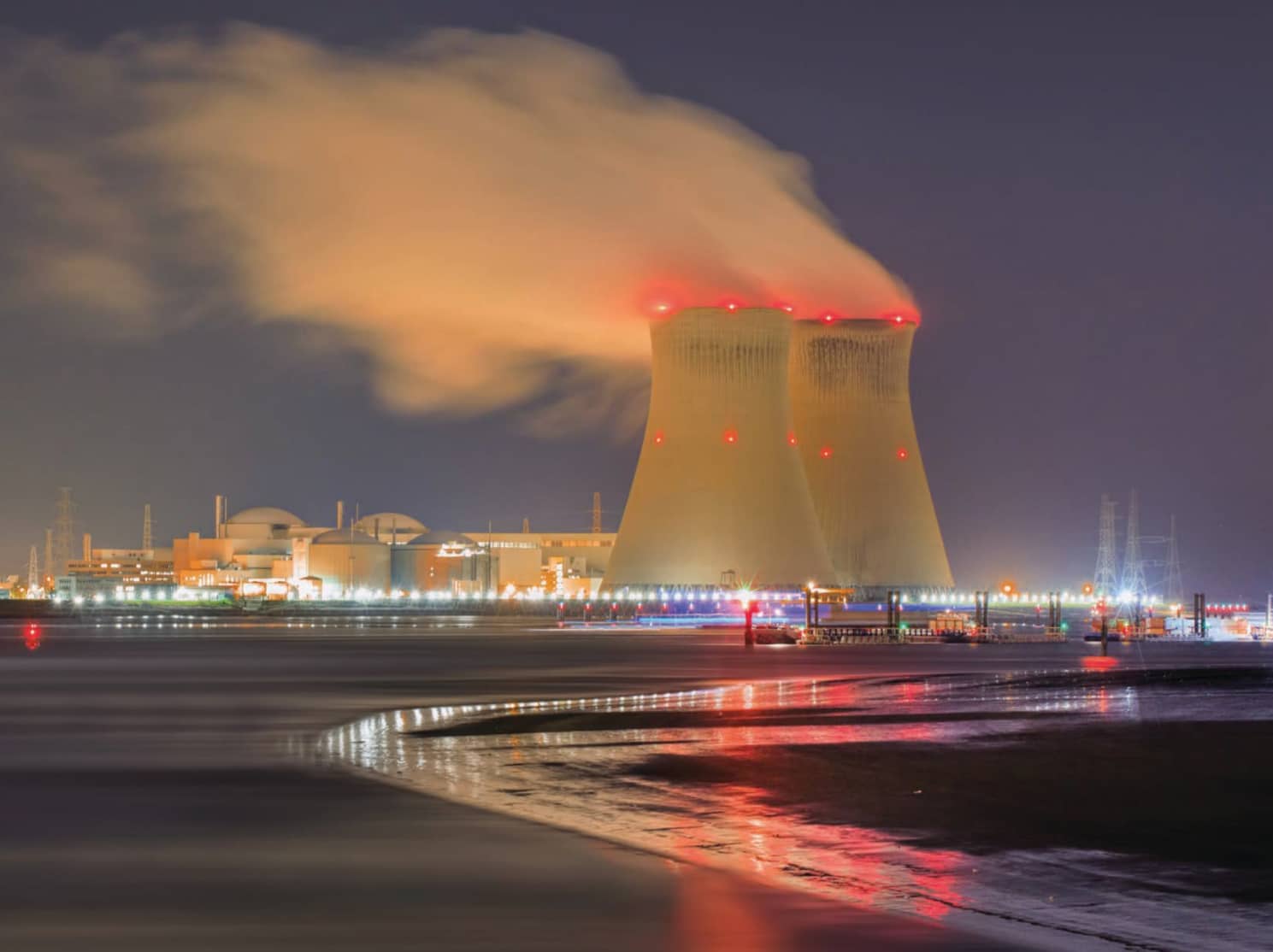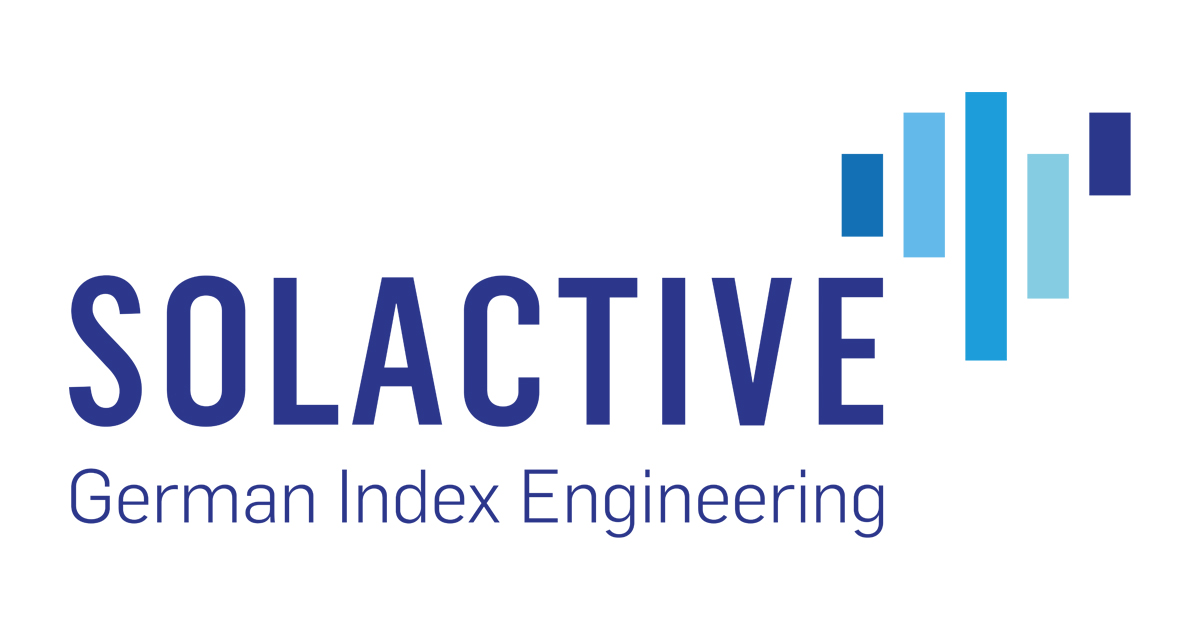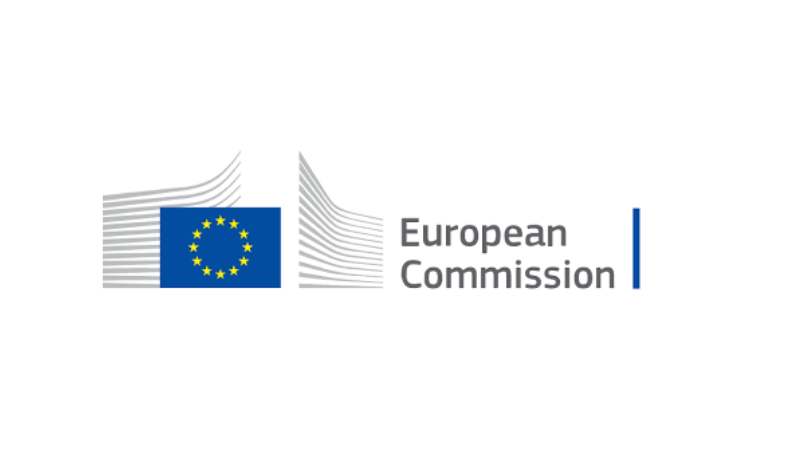Regulatory change, product launches and index reshuffles have seen nuclear become the theme in vogue over the past year as thematic ETFs generally looked subdued until recent weeks.
Nuclear was entirely off the European ETF menu with ESG exclusions on the sector and the ETFS WNA Global Nuclear Energy GO UCITS ETF (NUKE) delisting in 2014, however, this quickly changed last year as the need to diversify Europe’s energy mix became apparent following Russia’s invasion of Ukraine.
In April, two ETFs broke ground, the Global X Uranium UCITS ETF (URNU) and the HANetf Sprott Uranium Miners UCITS ETF (URNM), offering ETF investors in Europe the first exposure to the sector in almost a decade.
The two products arrived in perfect time to coincide with the EU’s decision to include nuclear power within its taxonomy of sustainable activities and to underline the role of nuclear in green hydrogen as part of its €315bn RePowerEU policy.
Elsewhere last year, the energy source also benefitted from news the $385bn Inflation Reduction Act in the US would offer tax credits to existing nuclear reactors while Japan announced it would restart its first reactor since the Fukushima incident in 2011 in a surprise vote of confidence.
Far from a flash in the pan, though, interest in the sector has continued apace, with ETF Stream revealing the launch of the VanEck Uranium and Nuclear Technologies UCITS ETF (NUCL) earlier this month.
NUCL, which aims to capture more companies at the utilities end of the value chain than its competitors, factors in new innovations such as fusion technology and molten salt cooling as they commercialise.
Also, after the EU taxonomy changes were formalised after fierce debate last summer, Morningstar and Solactive toldETF Stream they did not expect the changes to have an immediate impact on index construction given cli ents have pre-determined in-house views on the sector.
However, this month BlackRock’s head of sustainable indexing for EMEA Manuela Sperandeo told ETF Stream on a recent webinar that her firm has been consulting clients on the role of nuclear within ESG indices.
“We have been discussing extensively with our index provider partners around a plan on consulting the marketplace,” she said. “There is going to be future evolution as we get greater clarity on what the EU’s sustainable taxonomy looks like.”
While the EU’s decision to review the role of nuclear in the taxonomy every few years might suggest its partially green credentials are only temporary, the European Supervisory Authority (ESA) were asked to create a framework for classifying different nuclear subsectors under ‘level 2’ of the Sustainable Finance Disclosures Regulation (SFDR), suggesting investable ESG opportunities on the horizon.
This would represent a system change from the EU’s Technical Expert Group rejecting the energy source as ESG-compliant in 2020, or the fact Article 8 and 9 funds’ exposure to nuclear was less than 2% at the end of 2021, according to Natixis. Also, URNM and URNU are currently labelled Article 6 under SFDR.
Looking ahead, nuclear’s role in the energy transition seems inevitable.
The International Energy Agency said nuclear capacity needs to double for Net Zero 2050 targets to be met. Also, the low carbon intensity of atomic energy cannot be ignored, producing 29 grams of carbon dioxide per kilowatt hour of electricity through its lifespan versus 26 grams for wind and solar and 45, 75 and 78 grams produced by biomass, hydro and geothermal energy, respectively, according to a paper by the Renewable and Sustainable Energy Reviews.
With Germany and Belgium now considering extensions to the lifespans of existing reactors and the UK and France expected to spend a combined sum exceeding €70bn on expanding their capacity, it appears the nuclear opportunity and recent attention from the ETF sector may yet have further to run.
Related articles









